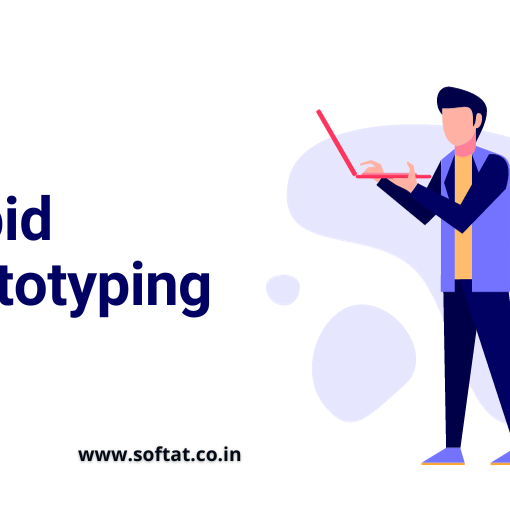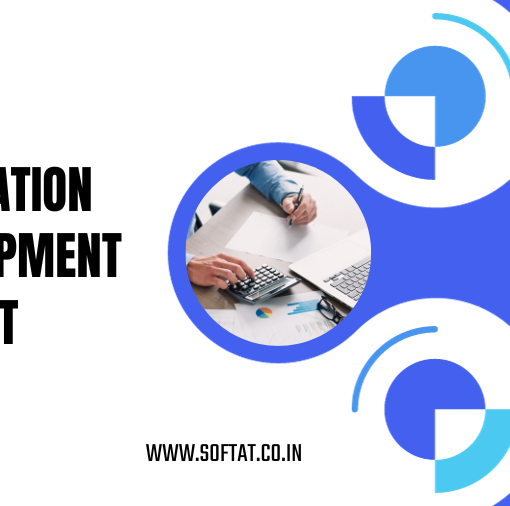Full Potential of SAP BODS
In the dynamic world of enterprise data management, acronyms reign supreme. One such acronym that frequently pops up is SAP BODS. But what exactly does SAP BODS full form , and how can it empower your organization? This blog delves into the world of SAP BODS, exploring its full form, functionalities, and the advantages it offers for data integration and management.
SAP BODS: Unpacking the Acronym

SAP BODS stands for Business Objects Data Services. It’s a comprehensive data integration and management software suite developed by SAP. BODS serves as a powerful tool for organizations seeking to:
- Extract data from diverse sources, including databases, applications, and flat files.
- Transform data by cleansing, filtering, and manipulating it to meet specific business needs.
- Load data into various target systems, such as data warehouses, data marts, and business intelligence (BI) applications.
Beyond the Basics: Key Functionalities of SAP BODS
SAP BODS offers a robust set of functionalities that cater to various data management requirements:
- Data Mapping: Define transformation rules to convert data from source formats to target formats, ensuring seamless data integration.
- Workflow Management: Create and orchestrate data flows, automating data extraction, transformation, and loading processes.
- Data Quality Management: Cleanse and standardize data to improve its accuracy and consistency, leading to better decision-making.
- Job Scheduling: Schedule data integration jobs to run automatically at specific times or intervals.
- Security Management: Implement robust security measures to control access to data and ensure data privacy.
The Advantages of Leveraging SAP BODS
By incorporating SAP business objects data services into your data management strategy, you can reap several benefits:
- Improved Data Integration: Effortlessly integrate data from disparate sources, creating a unified view of your business data.
- Enhanced Data Quality: Ensure data accuracy and consistency for reliable reporting and analytics.
- Streamlined Data Management: Automate data integration tasks, saving time and resources.
- Simplified Data Governance: Maintain data governance by establishing clear data ownership and access controls.
- Boosted Business Intelligence: Provide high-quality data to fuel insightful business intelligence reporting and analytics.
Is SAP BODS Right for You?
It is a versatile tool suitable for organizations of all sizes across various industries. Here are some scenarios where BODS can be particularly beneficial:
- Organizations with complex data landscapes: BODS simplifies data integration from multiple sources, fostering better data management.
- Companies seeking to improve data quality: BODS data cleansing and transformation capabilities ensure accurate data for informed decision-making.
- Businesses aiming to automate data processes: BODS automates data workflows, streamlining data management tasks and saving valuable resources.
Exploring the Future: The Evolution of SAP business objects data services
While SAP business objects data services remains a widely used data integration tool, SAP is actively promoting its cloud-based successor, SAP Cloud Data Integration (SCDI). SCDI offers similar functionalities to BODS but leverages a cloud-based architecture, providing benefits like scalability, agility, and easier maintenance.
Conclusion: Unlocking the Power of Data
SAP BODS empowers organizations to unlock the true potential of their data. By understanding its functionalities and the advantages it offers, you can make an informed decision about whether SAP business objects data services aligns with your data management needs. As the data landscape continues to evolve, staying informed about both BODS and its cloud-based counterpart, SCDI, will be crucial for navigating the future of data integration.




